Variegated ivy is one houseplant that can have an extremely great influence on your mental health. It is a hardy plant that can be trained to climb vertical surfaces. It can infuse your home with bright ivy and is a popular indoor plant.
Variegated ivy is a common choice for beautiful indoor plants because its distinctive appearance survives in various environments. However, caring for it might be challenging if you want to keep the distinctive leaf color green.
What is Variegated Ivy?

Variegated ivy is an evergreen, tenacious woody vine indigenous to Western Asia, Northern Africa, and Europe after it was brought to the United States. It has since spread throughout much of the nation as an invasive species.
Some ivy species are poisonous, so it is advisable to keep them out of youngsters’ reach.
How to Grow Variegated Ivy
Variegated ivy is a common choice for beautiful indoor plants because of its distinctive appearance. It may be trained to grow in various ways and is ideal for hanging pots.
Cuttings of stems and leaves of mature plants are only a couple of the various ways to propagate Variegated ivy plants.
Variegated ivy cuttings easily root and develop into perfect clones of the parent plant, making cutting-based ivy propagation often successful.
Types of Variegated Ivy
Different varieties of ivies are an excellent option if you’re seeking indoor plants that are simple to care for. Most ivy species thrive in any soil, don’t mind indirect sunlight, and develop rather quickly.
Ivy plants make excellent indoor plants because of their trailing vines and attractive variegated leaves.
Examples of varieties of ivy include;
1. The English ivy (Hedera Helix)
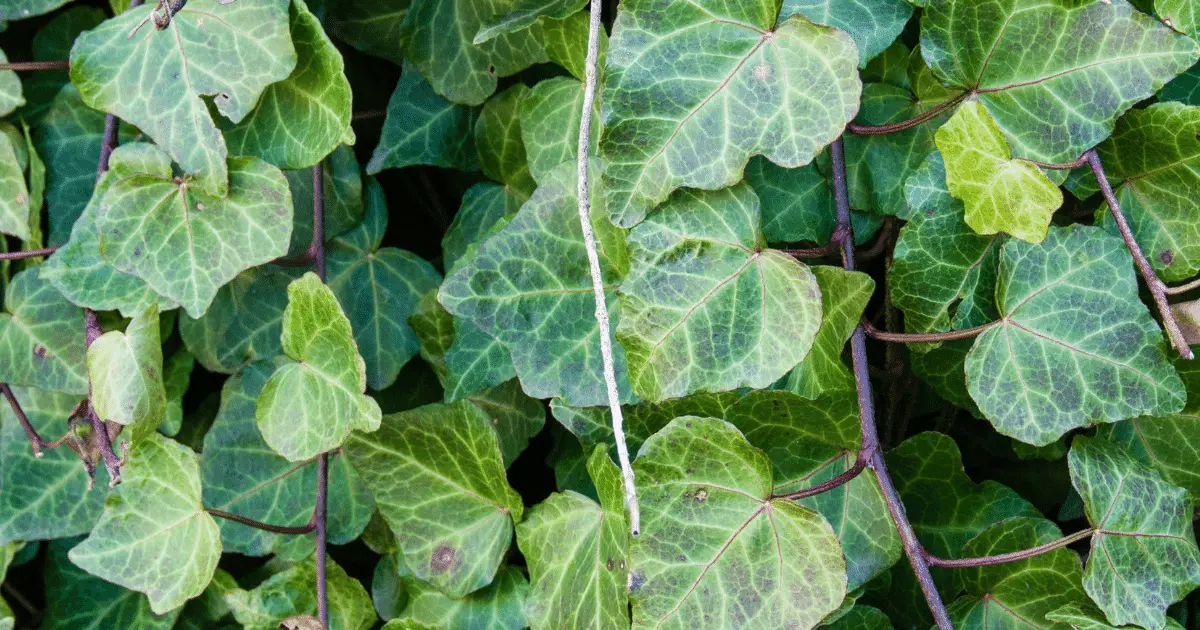
It is an evergreen clinging vine with flowers and is a common plant in many nations. The broad, massive, dark-green leaves of English ivy can reach a length of 10 cm. All varieties of English ivy are climbing plants that, under the right circumstances, can grow as high as 100 feet.
2. Hedera Helix Bettina Ivy
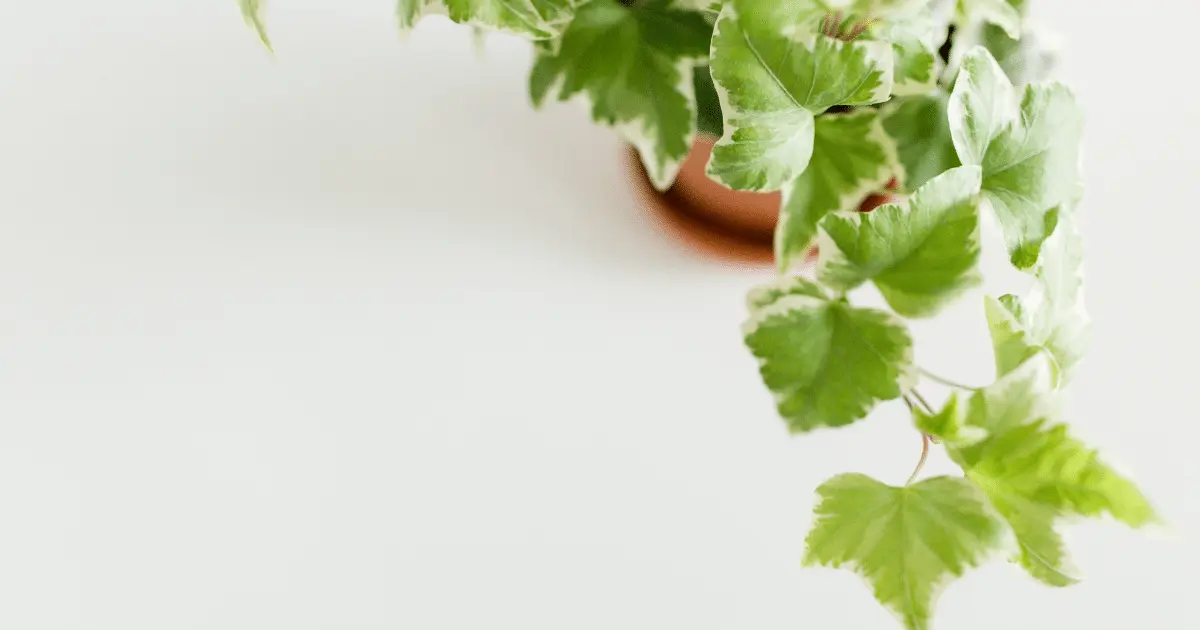
Green leaves with a white border adorn the Bettina ivy. It is a fantastic alternative to use as a ground cover or hanging basket.
3. Canary Island ivy
Canary ivy is an evergreen perennial vine native to West Africa and the nearby islands. It enjoys partial shade and may suffer in full sunlight. It can grow up to 40 feet tall under ideal conditions, and yellow to green flowers are in bloom.
4. Ivy Waves Amber
Identified by the way that it changes color as it grows. Bright chartreuse to yellow in the shade, young leaves gradually grow into the full green.
5. Spanish Ivy (Hedera Iberica)
Northern Morocco, southwestern Spain, and Portugal. It grows on cliff faces, slopes, and tree trunks. Its flowers are greenish-white like those of other Hedera species.
6. Ivy Of Japan (Hedera Rhombea)
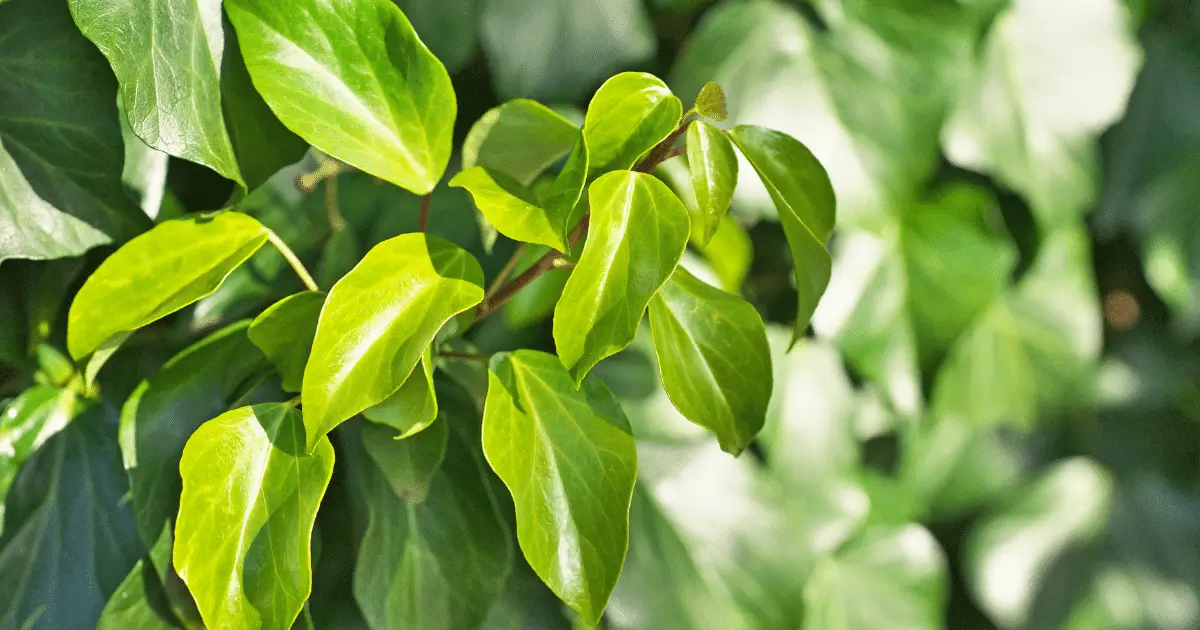
This is also known as Songoak a native to East Asia. This ivy is an intriguing plant that grows on tree trunks and many odd places. The medium-green, diamond-shaped leaves have a deadly sap.
7. Ivy Asterisk
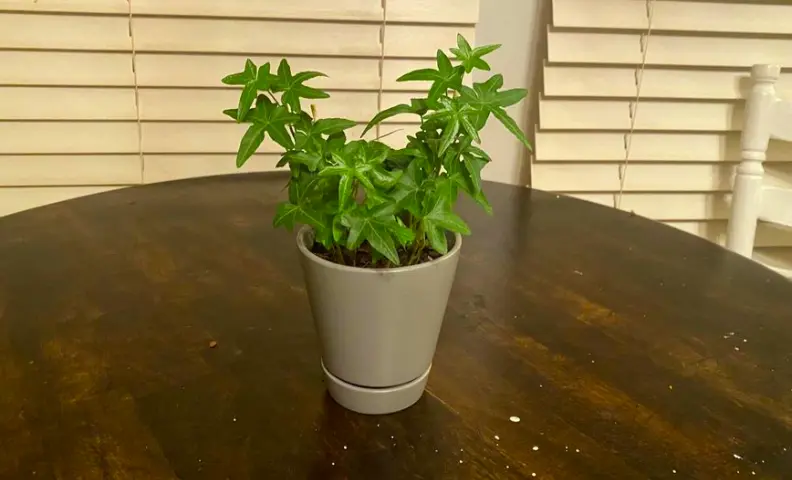
Another ferocious evergreen vine with lustrous, five-lobed leaves is this one. It can tolerate more shadow because its leaves are solid green rather than variegated.
8. Japanese Ivy (Hedera)
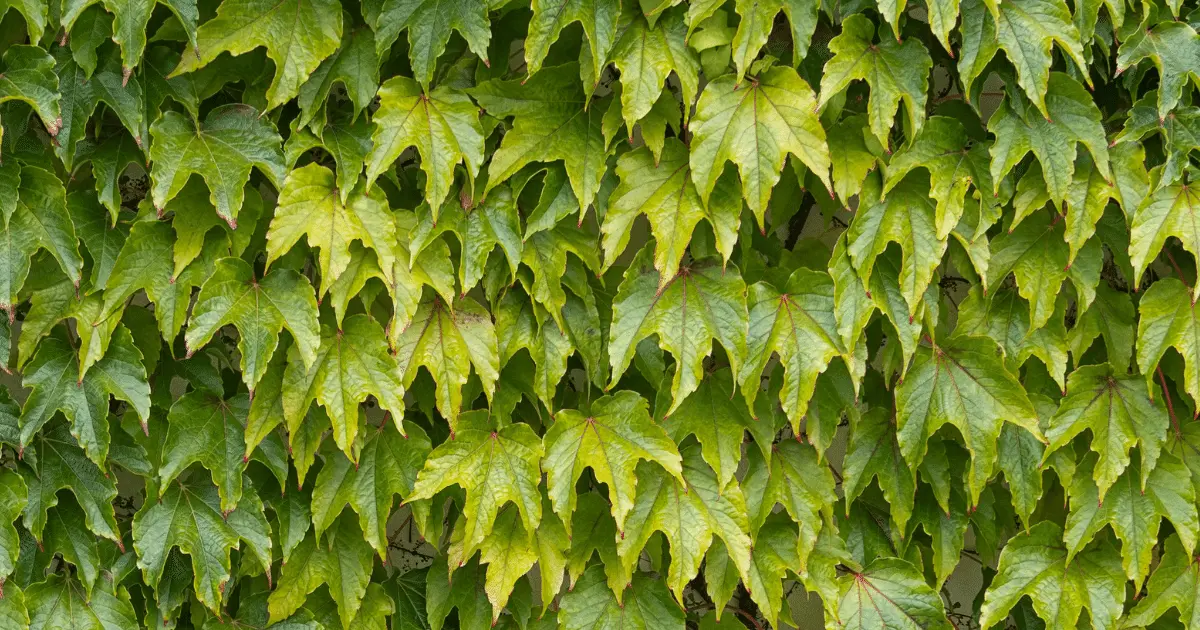
The white veins that run through the dark green leaves of the Japanese ivy vine are a remarkable characteristic. Although it is a climber, this particular one doesn’t grow as tall as others.
9. The Russian Ivy (Hedera)
This ivy is frequently seen in forests and climbing trees. Unlike several other varieties of ivy, it has thin, light-green leaves that frequently have wavy edges.
11. The Irish Ivy
Hedera Hibernica is a fantastic variety of ivy that grows outside and can be used to cover bare ground or climb walls. The Irish ivy is recognized by its glossy, dark green leaves. If you cultivate this kind of ivy in your yard, you will need to trim it back every spring because it can be invasive.
12. Ivy Of Pastuchov
Hedera, often known as pastuchov’s ivy, is indigenous to Georgia and Armenia, The leaves of this ivy are small, glossy, and light green. Sometimes, its edges wavered.
13. Gloire De Marengo
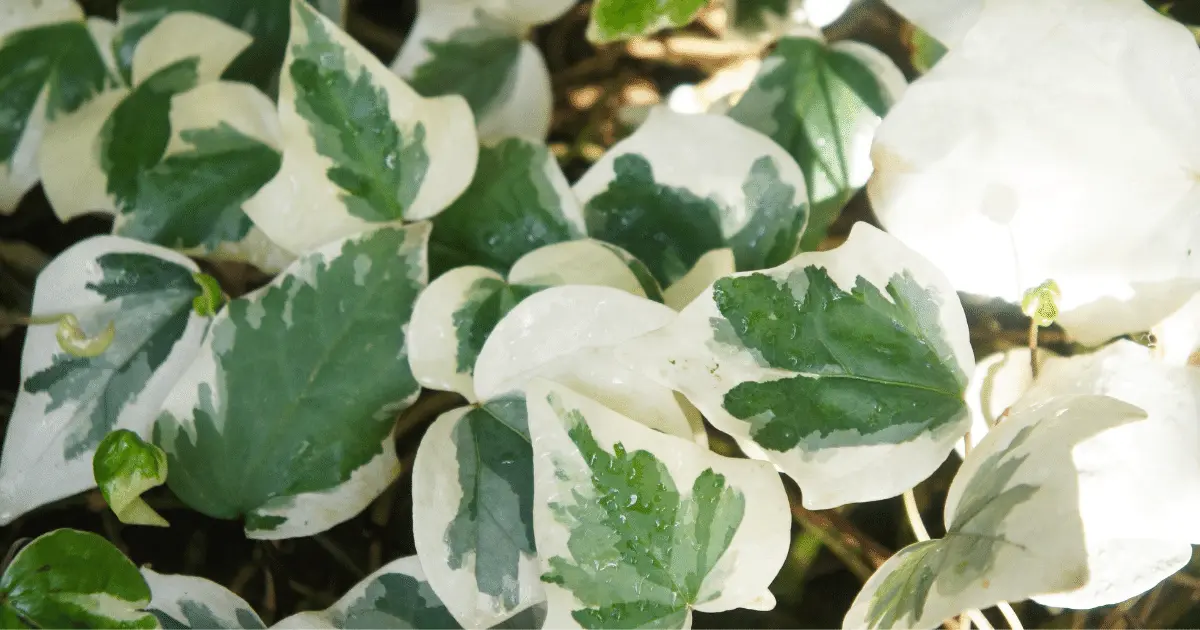
It is a type of Algerian ivy, a robust, lush climbing vine that will self-cling to various buildings. It has heart-shaped leaves that are deeper green. Due to some factors, vegetation loss is a possibility.
How To Care For Variegated Ivy Care
If given the right conditions, ivy will spread out and fill a space like a houseplant. Ivy prefers direct, strong light. Here are some of the ways to care for your variegated ivy.
1. Humidity
Variegated ivy endures somewhat warmer or colder conditions. Although it can survive in harsher environments, this plant thrives in a moderately humid climate. If the region around your home is unusually dry, you might need to sprinkle the leaves with water to keep them at the right moisture level.
2. Fertilizer
Fertilizing the plant is necessary for the care of variegated ivy. Typically, it would help if you fertilized it once a month with a water-based fertilizer that has been diluted. You may only have to fertilize it once a year, depending mostly on growing conditions. When fertilized too frequently, the soil might become clogged with fertilizer, and the plant will die.
The variegation that makes this plant so attractive can disappear if too much fertilizer is applied to the leaves, which will turn solid green. The plant’s health should be preserved with just a light application of a balanced fertilizer.
Applying a nitrogen-rich fertilizer is required for variegated ivy that is grown outside, preferably one that is water soluble. If you have grown your variegated ivy inside, use a fertilizer made specifically for indoor plants.
3. Light
Variegated ivy needs to be in direct sunlight to keep its distinctive color pattern. Because the leaves contain less chlorophyll than other types of ivy, the color pattern is varied. The absence of chlorophyll makes the leaves vulnerable to direct sunlight, and the leaves may wilt and turn brown.
This plant naturally grows in locations with thick vegetation that blocks sunlight before it reaches the leaves. They might begin to turn a typical shade of green, like many other ivies, if they don’t receive enough sunlight. It usually grows particularly well when planted close to a sunny window with a curtain.
4. Water
Well-draining soil and a container with holes for drainage are required for variegated ivy. While not overly wet, the soil should be moist. The roots may begin to rot if the soil becomes saturated with water. Any ivy that fails to thrive as a houseplant frequently does so due to overwatering. You may need to alter the watering schedule if your plant appears unhealthy. A soil moisture monitor might be of great use to assist with watering.
On the other hand, if the ivy is shaded or you live in a humid climate, it won’t require as much water.
5. Pruning
Gardeners prune variegated ivy to maintain shape and limit growth. In addition to removing damaged or dead stems, pruning prevents the plant from growing too densely.
Variegated ivy is ideally pruned in spring when new growth is just beginning, but it can also be done at other times of the year as needed.
6. Soil
Ensure the plant is planted in well-draining soil for the finest variegated ivy care. The plant won’t fare well if the soil is saturated with water.
Steps For Propagating Variegated Ivy
Here are the ways you can successfully propagate your variegated ivy;
- Cut healthy stem
Cut a length of ivy about 4 feet long. The vine can then be cut into a few more manageable pieces, leave about an inch of stems at the bottom of each smaller piece, and ensure it has at least one or two leaves.
After that,
2. Plant In a well-draining pot
Plant the tiny vines into a half-filled pot with sand and half using a well-draining potting mix. Water the plants, then put the small container inside a plastic bag. While the vines are growing, the plastic bag will help keep moisture in.
To maintain moisture, water the young plants every 5-7 days. The new plants can be moved to a new pot once they have begun to take root, which should happen in 6 to 8 weeks.
Problems Of Variegated Ivy
Insufficient sunlight is the most frequent cause of variegated ivy failure when planted indoors. The leaves may scorch and fade if the plant is exposed to direct sunlight. And again plants can go from variegated to normal when faced with hard conditions.
Growing variegated ivy indoors is simple. Remember that over-fertilizing your variegated ivy too frequently can cause it to lose its variegation and kill it by choking it with too much fertilizer in the soil. Be sure to maintain the right conditions for it.
